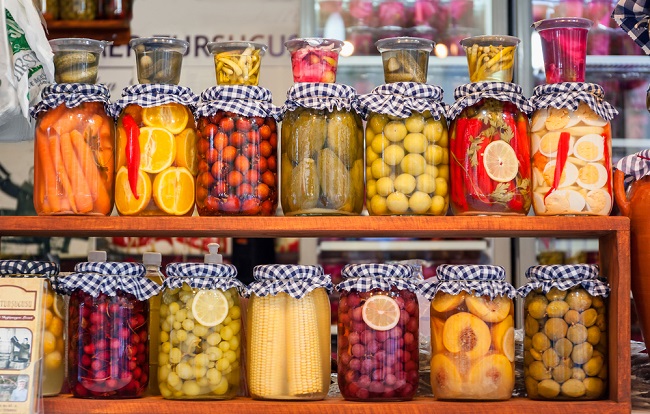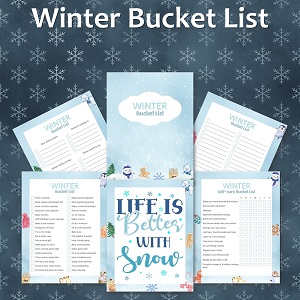As we move into the latter half of the year, temperatures get cooler. Food choices also change. How will you stock your pantry this winter?
Comfort Food Paradise
In the summer it’s hot. We want foods that are light and crisp and cool. When the weather turns cooler in fall and winter, people look towards warmer comfort foods to make them feel better and raise their temperature. This means more soups, stews, casseroles, breads and such. Is your pantry ready to handle the change in meal choices?
Now is the time to make the switch from salads to stews. Vegetables change with different seasons as well as the types of meats that people like to eat. There is just something comforting to come home to a nice hot (and filling) meal when the weather outside is crisp.
Preparing Your Pantry
Most of the items you have are probably common staples that any pantry needs. Because you might be making more sauces or desserts, be sure to stock up on those. There is nothing wrong with having two bags of flour especially if you will use them. Dry staples will last a while when kept in a dry, cool and dark place.
Make a list of what you will need. What types of meals do you typically make at this time of the year? Account for those ingredients in your shopping list for your pantry.
Keep a bit of summer in your winter pantry. Can or freeze vegetables and fruits that you would like to enjoy throughout the colder weather. That includes all sorts of berries and summer lettuces. If you have a garden, canning ensures that nothing you have taken the time to grow will go to waste. Freezing fresh veggies and fruits now often provide more flavor than buying out-of-season imported fresh in the store.
Stock up on stocks for soups and stews. Vegetable, beef and chicken stock or broth add flavor to dishes without adding salt. It is easier than straining and making your own broth. Choose organic or low sodium varieties if that suits your needs better.
Beef up your condiment list. Ketchup, mustard, Worcestershire sauce, mayonnaise and oils can be used to create dressings and sauces.
Make room for grains. Quinoa, couscous, oats, oatmeal and barley are great sources of fiber and also create a filling dish. You can eat well and feel full without packing on the pounds this winter.
Don’t forget some common filling staples. A winter pantry wouldn’t be complete without potatoes, garlic and onions. Store them at the lowest level in your pantry. Keep them hanging in the bags they were purchased in if you want. They provide a wealth of meal ideas.
How will you stock our pantry this winter? Here are some tips to get you started.






